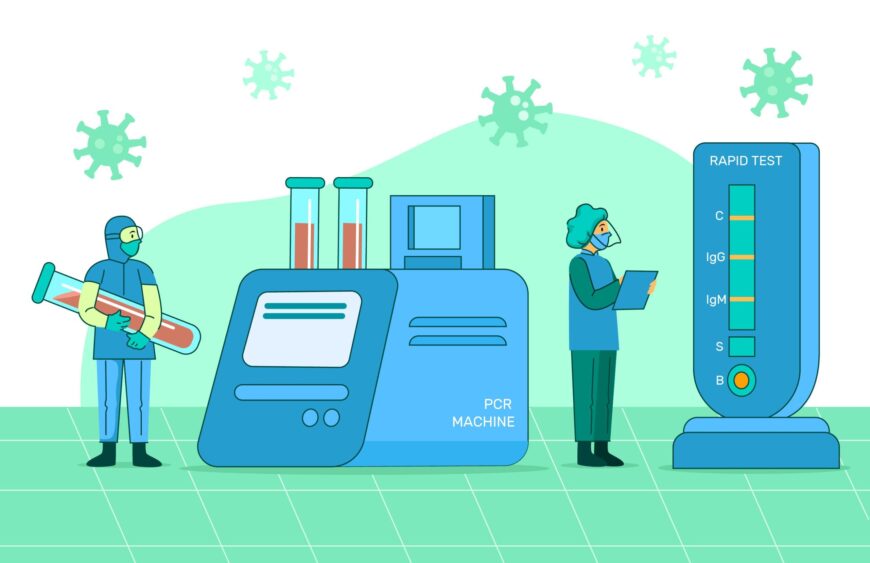The Power of Digital PCR: A Highly Sensitive and Precise Technique for Nucleic Acid Quantification

Introduction:
Polymerase chain reaction (PCR) has been an essential tool in molecular biology since its invention in the 1980s. It has revolutionized the way we study genes, diagnose diseases, and even solve crimes. However, traditional quantitative PCR (qPCR) has its limitations, particularly in the detection of rare target sequences. That’s where digital PCR (dPCR) comes in. In this blog post, we’ll explore the power of digital PCR and how it is changing the way we approach nucleic acid quantification.
What is Digital PCR?
Digital PCR is a technique that partitions a sample into thousands of tiny droplets or chambers, each containing either one or no copies of the target sequence. The PCR reaction then takes place in each of these partitions, and the resulting data is analyzed to determine the concentration of the target sequence. The main advantage of dPCR is its ability to detect and quantify rare target sequences with high precision and sensitivity, making it an ideal tool for applications such as detecting circulating tumor DNA in cancer patients or monitoring viral load in HIV-infected individuals.
How does Digital PCR work?
Digital PCR works by partitioning a sample into droplets or chambers using microfluidic technology. The sample is mixed with PCR reagents and then partitioned into thousands of individual reactions, each containing a fraction of the original sample. After PCR amplification, the presence or absence of the target sequence in each partition is determined, and the concentration is calculated based on the number of positive reactions.
Applications of Digital PCR:
Digital PCR has a wide range of applications in research, clinical diagnostics, and biotechnology. Here are some examples:
- Detection of rare mutations: Digital PCR is particularly useful for detecting rare mutations in tumor DNA or viral RNA, which can be missed by traditional qPCR.
- Copy number variation: Digital PCR can accurately measure gene copy number variations (CNVs) and gene expression levels, which are important in cancer research and genetic disease diagnostics.
- Environmental monitoring: Digital PCR can detect and quantify pathogens and other microorganisms in environmental samples, such as water and soil.
- Next-generation sequencing: Digital PCR can be used to quantify the amount of DNA or RNA before sequencing, allowing for accurate library preparation and reducing sequencing costs.
Digital PCR is a powerful technique that has revolutionized nucleic acid quantification. Its ability to detect and quantify rare target sequences with high precision and sensitivity makes it an ideal tool for a wide range of applications in research, clinical diagnostics, and biotechnology. As the technology continues to evolve, we can expect digital PCR to play an increasingly important role in advancing our understanding of genetics and disease.



